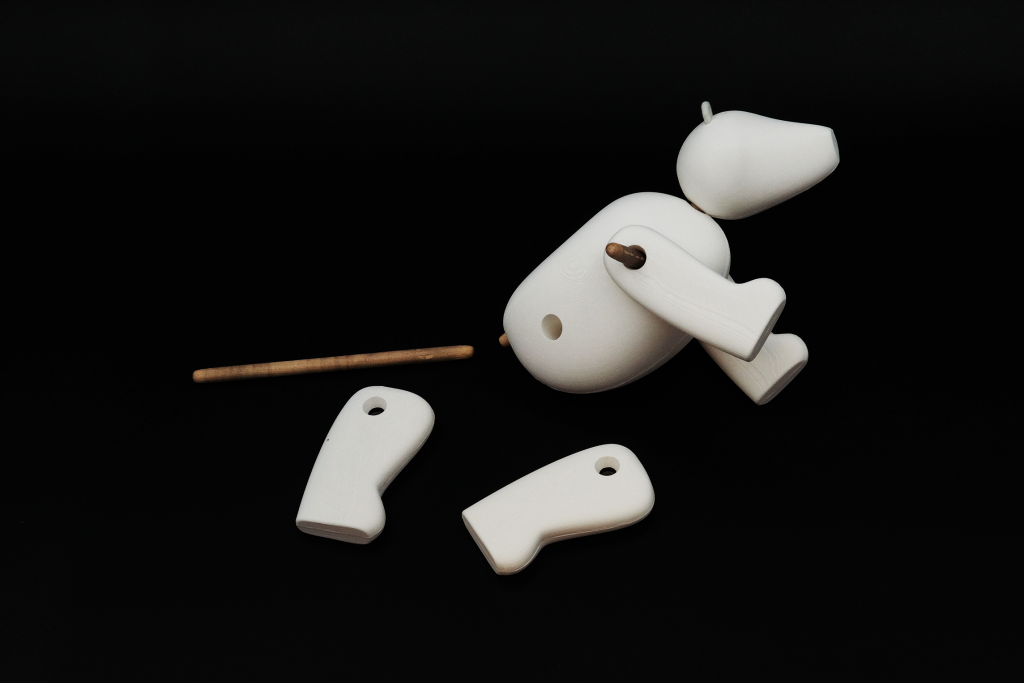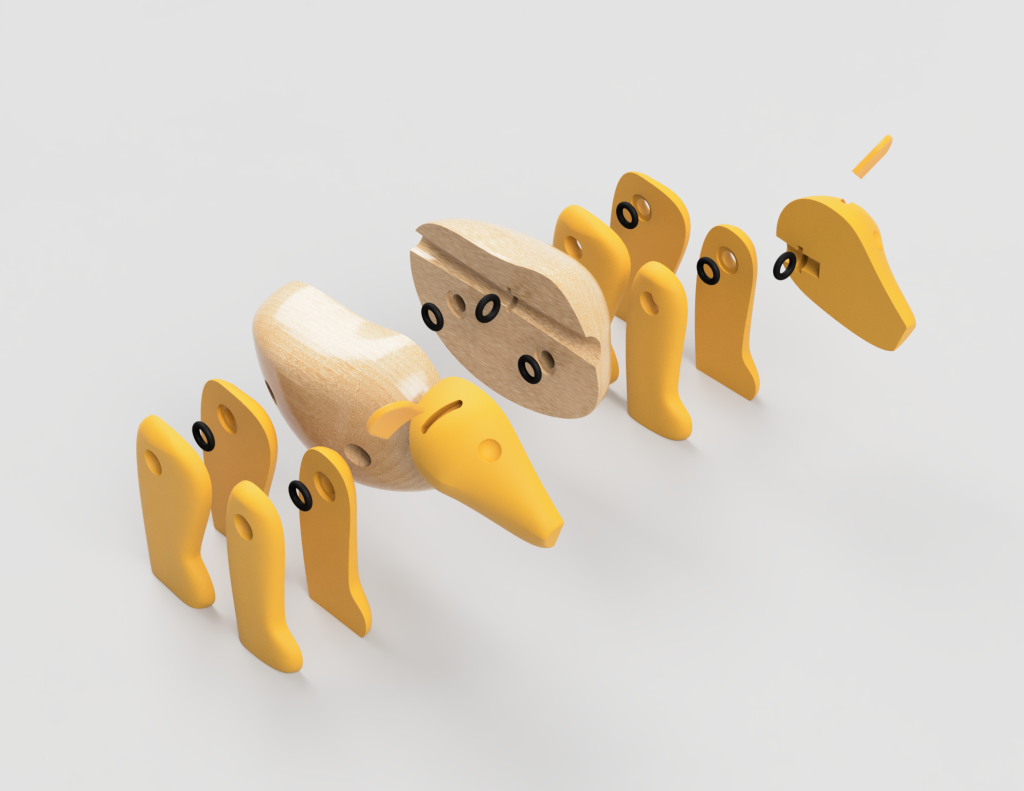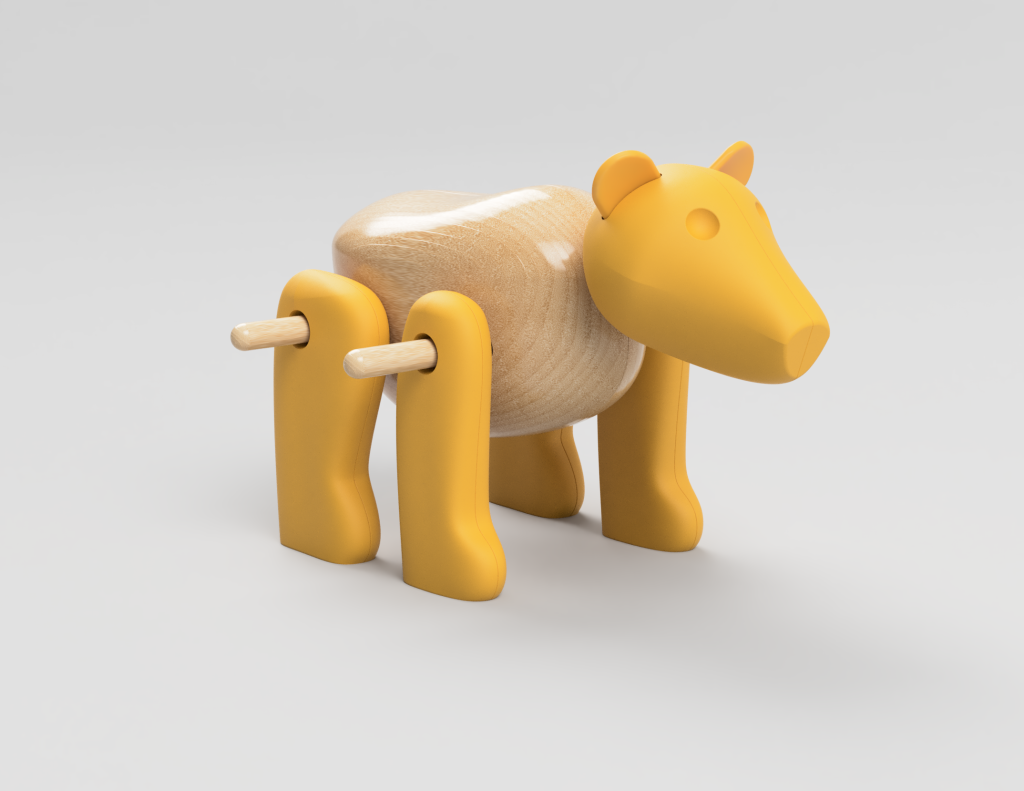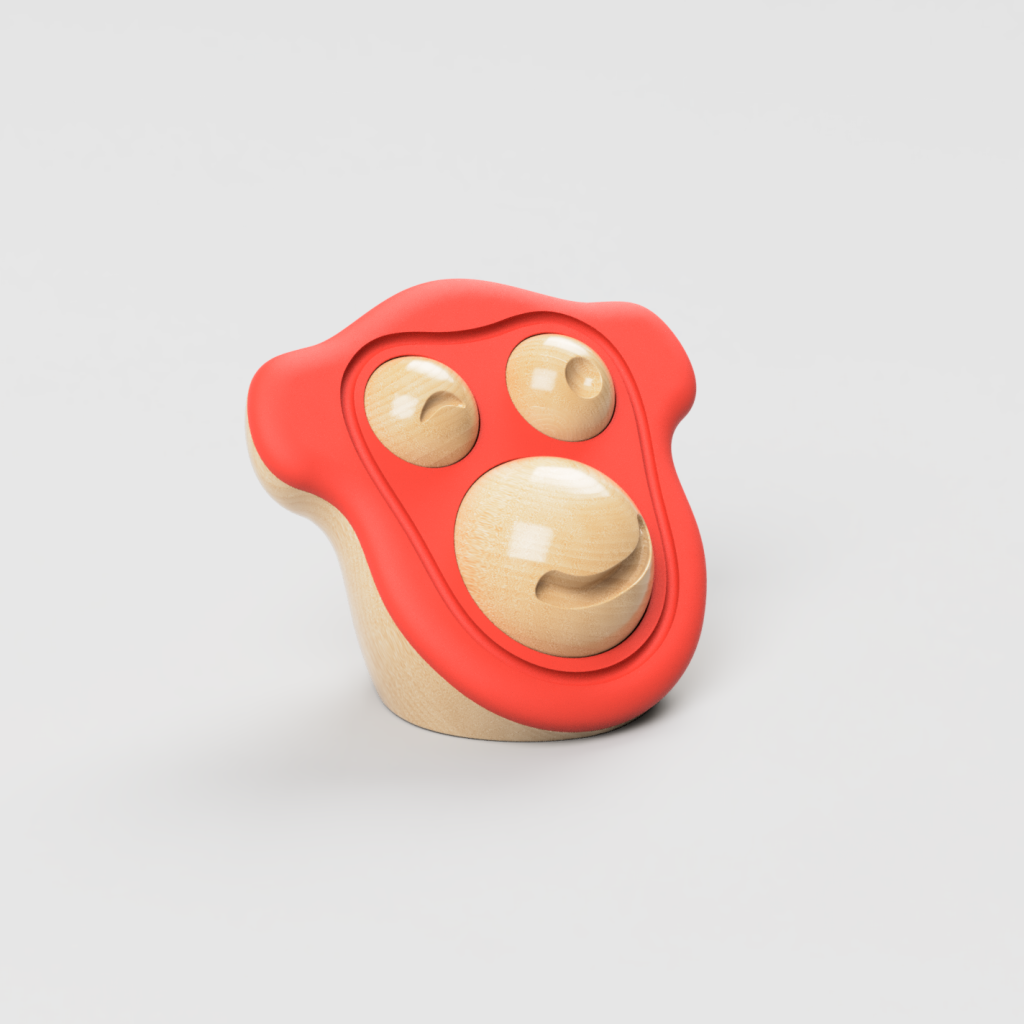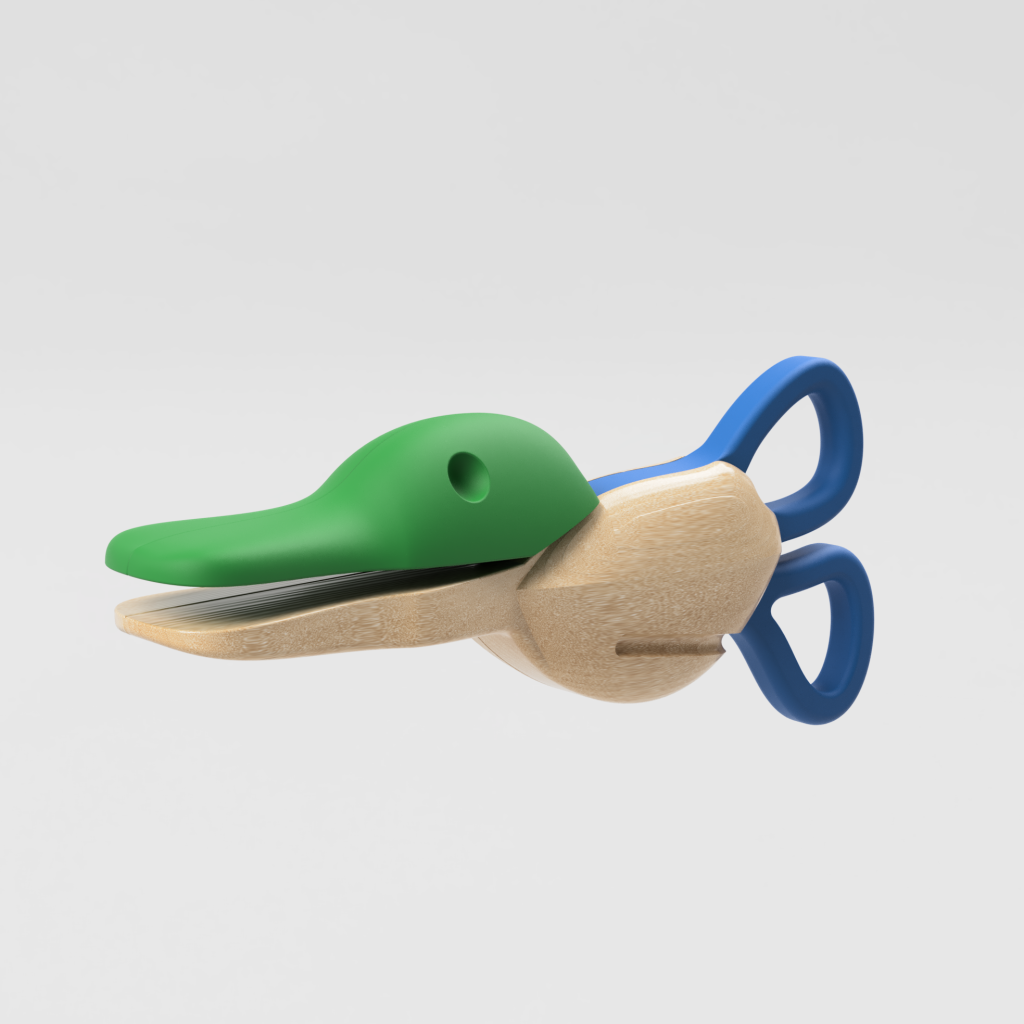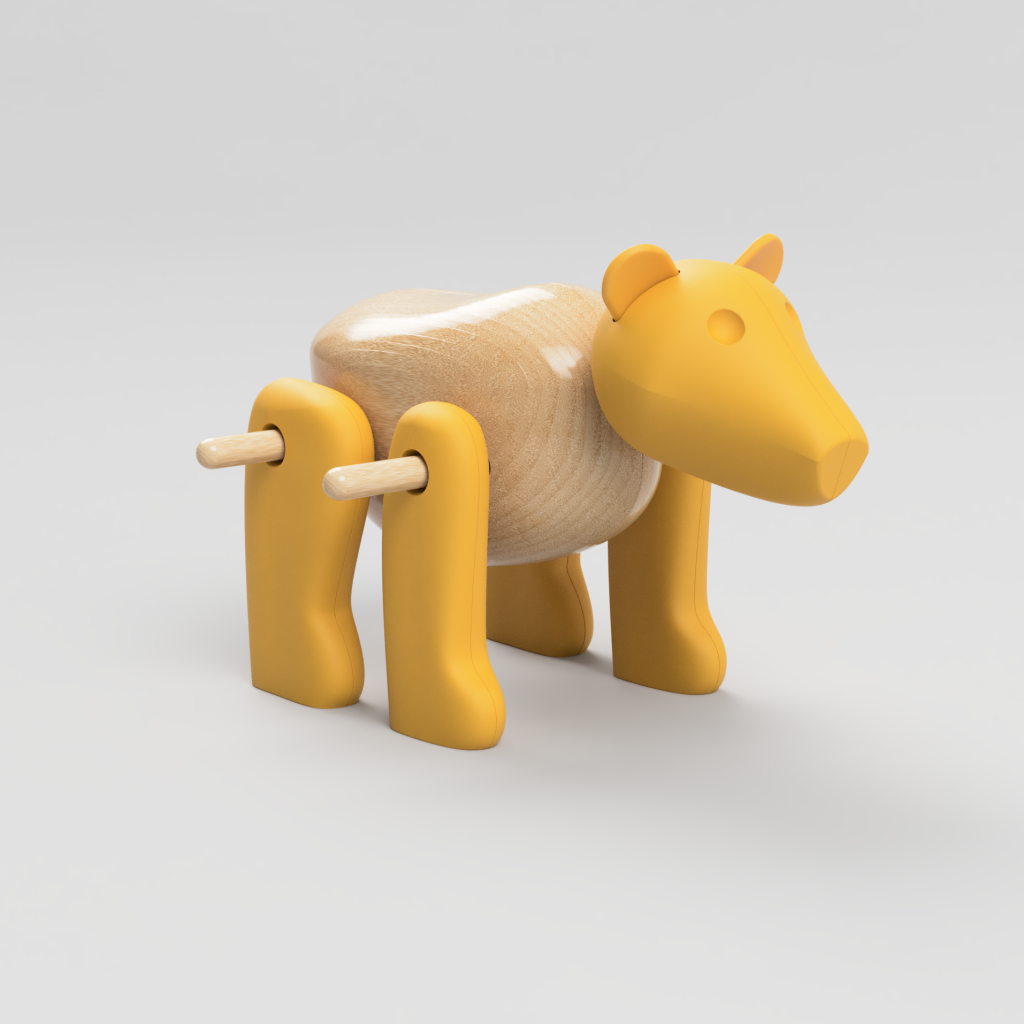Master Thesis
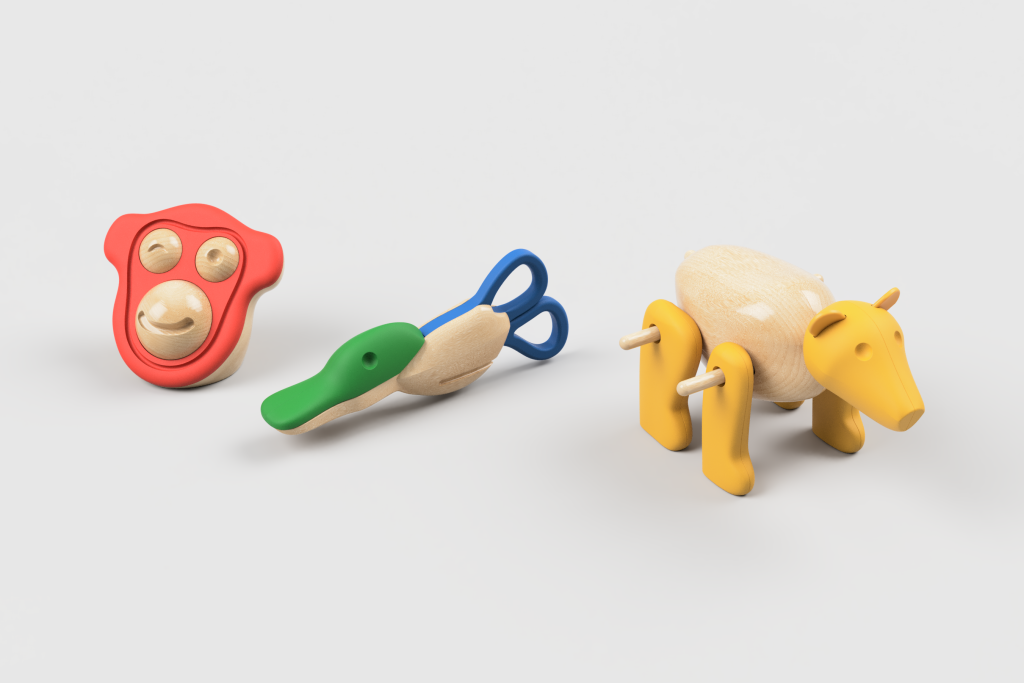
My master thesis project was conducted in collaboration with industrial design studio HarritSorensen as well as a number of habilitation and pre-school professionals in Skåne, Sweden. Without their much needed input this project wouldn’t have been possible.
The goal of the project was to aid children’s fine motor development using toys made from wood.
The project resulted in three toys intended to practice different areas important for fine motor proficiency.
Process

To achieve products well grounded in user needs, study visits were conducted at a number of pre-schools where teachers were asked about children’s toy needs. Habilitation professionals were also consulted.
This research resulted in establishment of an extensive list of user needs as well as categories for fine motor proficiency seen here as icons. These categories served as a guide for later concept development.
Idea generation was focused on coming up with concepts suitable for all ages and that could practice different hand skills. This to practice fine motor skill at all ages present at pre-schools, i.e 1- to 6-year-olds.
To generate ideas, play patterns and hand movements inspired the sketching process, resulting in, amongst many others, the sketches shown here. By making animals a playfulness was introduced to the toys.
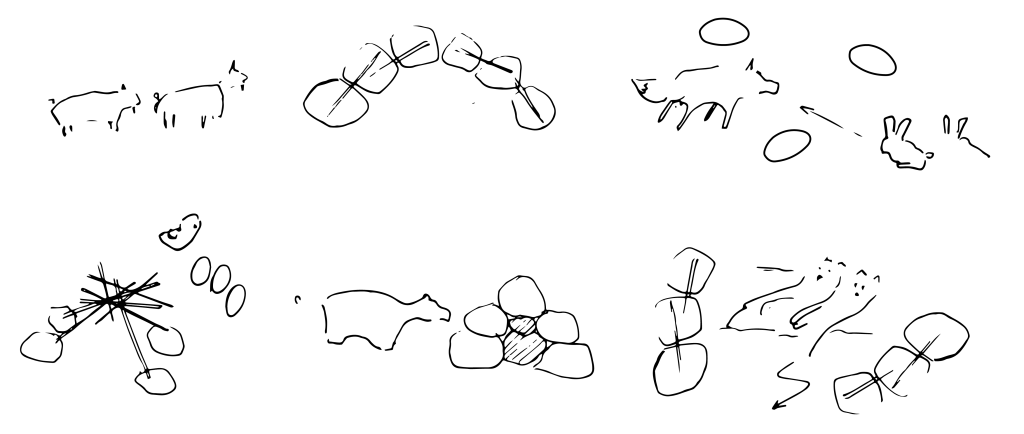

After initial sketching and user research had been performed, ten different toy concepts were developed. Each with their own way of encouraging practice of fine motor skills.
These 10 toys were then evaluated by previous interviewees resulting in 3 final concepts for the project.
The 3 final concepts
The three final concepts can be seen below, feel free to click the images to see the processes behind them and how the toys aim to aid fine motor development.
The Monkey
The monkey is intended for children ages 1-2 and allows for practice of using one finger at a time, something small children need to learn to later achieve more complex hand movements. The monkey also practices the showing of different emotions. This is done by turning spheres fastened in the head of the monkey using one finger. By shifting position of eyes and mouth different expressions can be achieved.
Pictures of the prototype show some different expressions that can be made. The rendering shows how it might look made from wood.
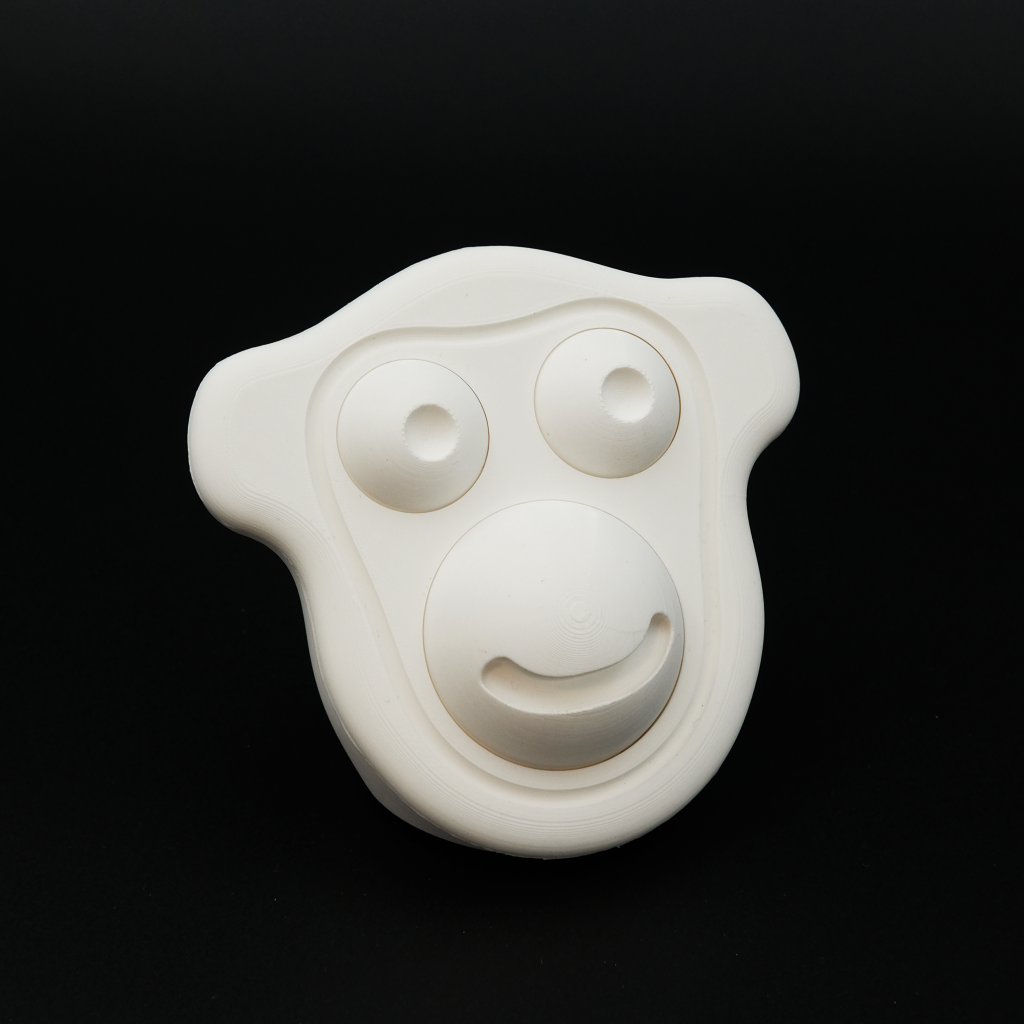

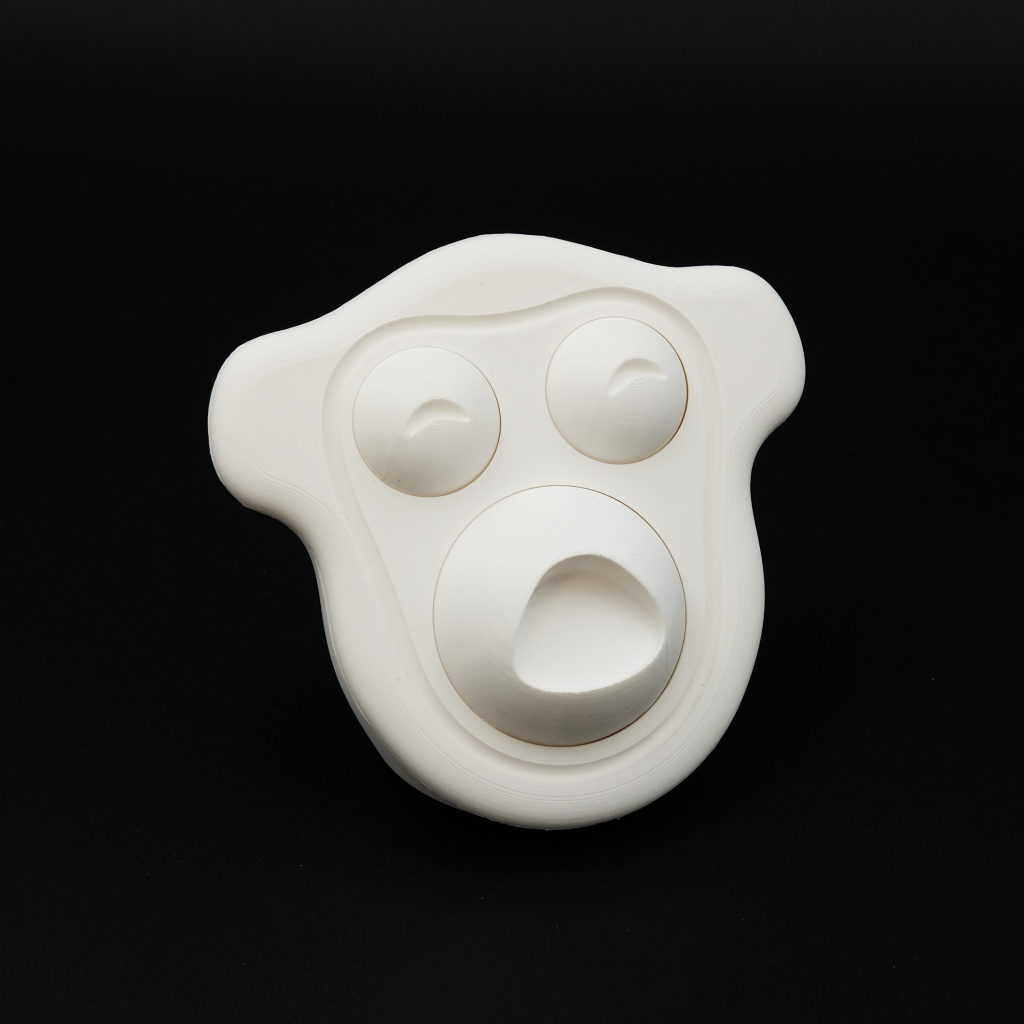
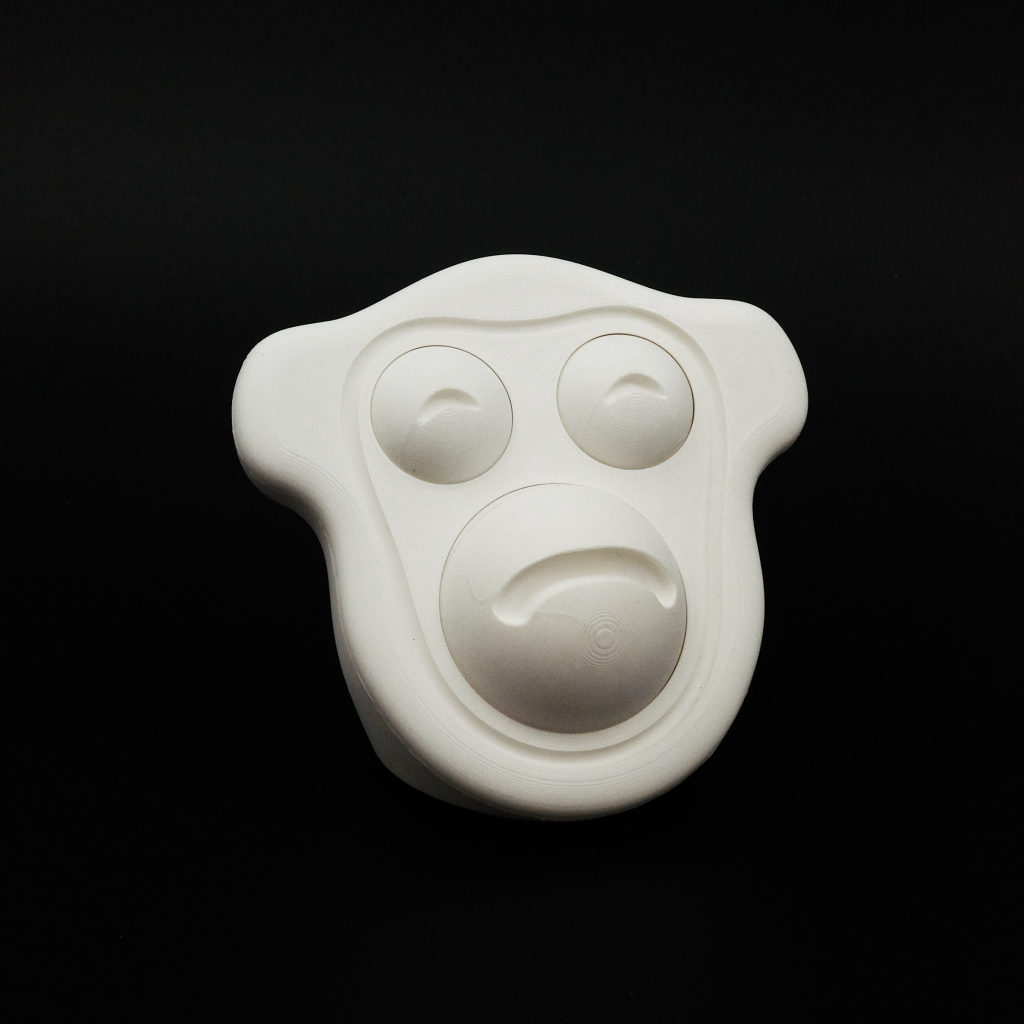

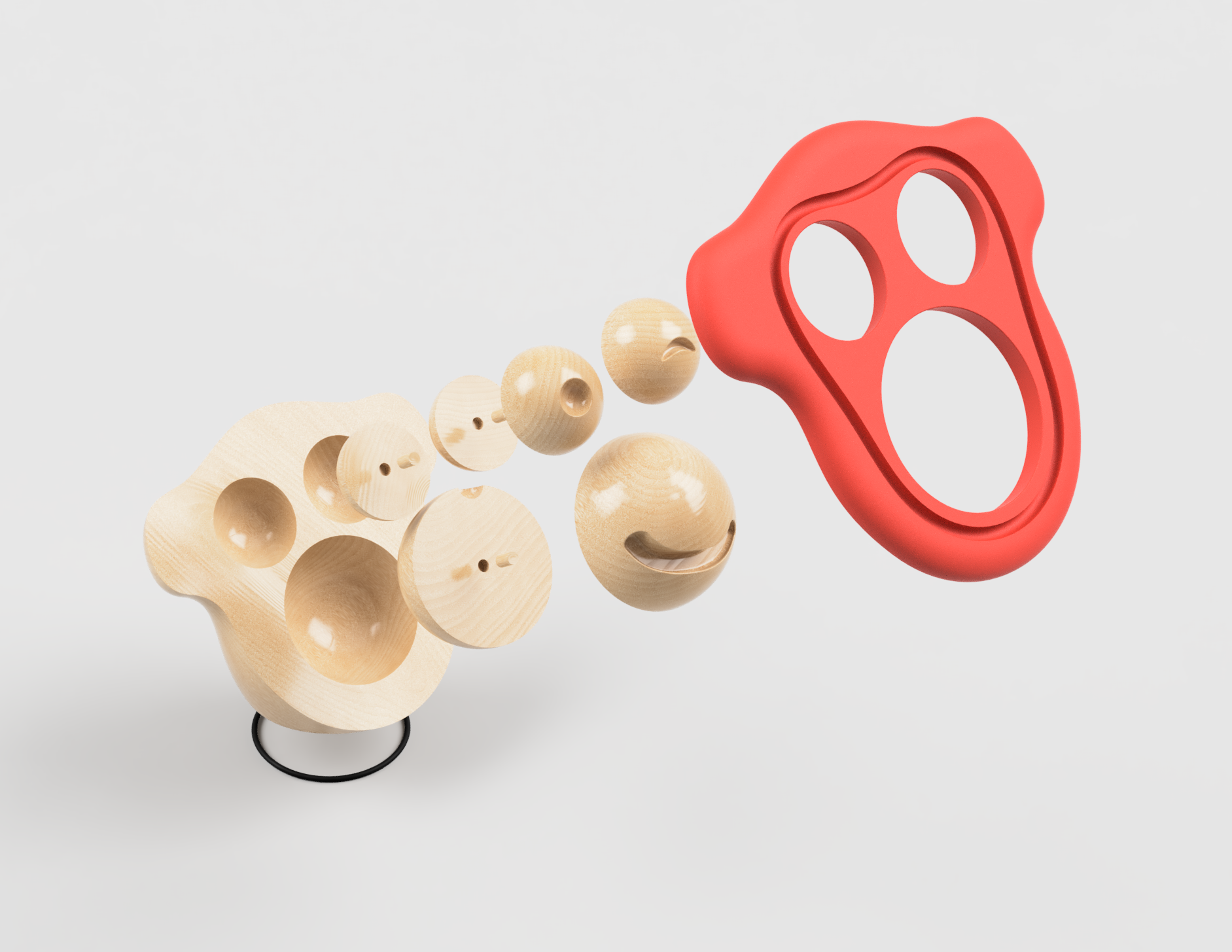
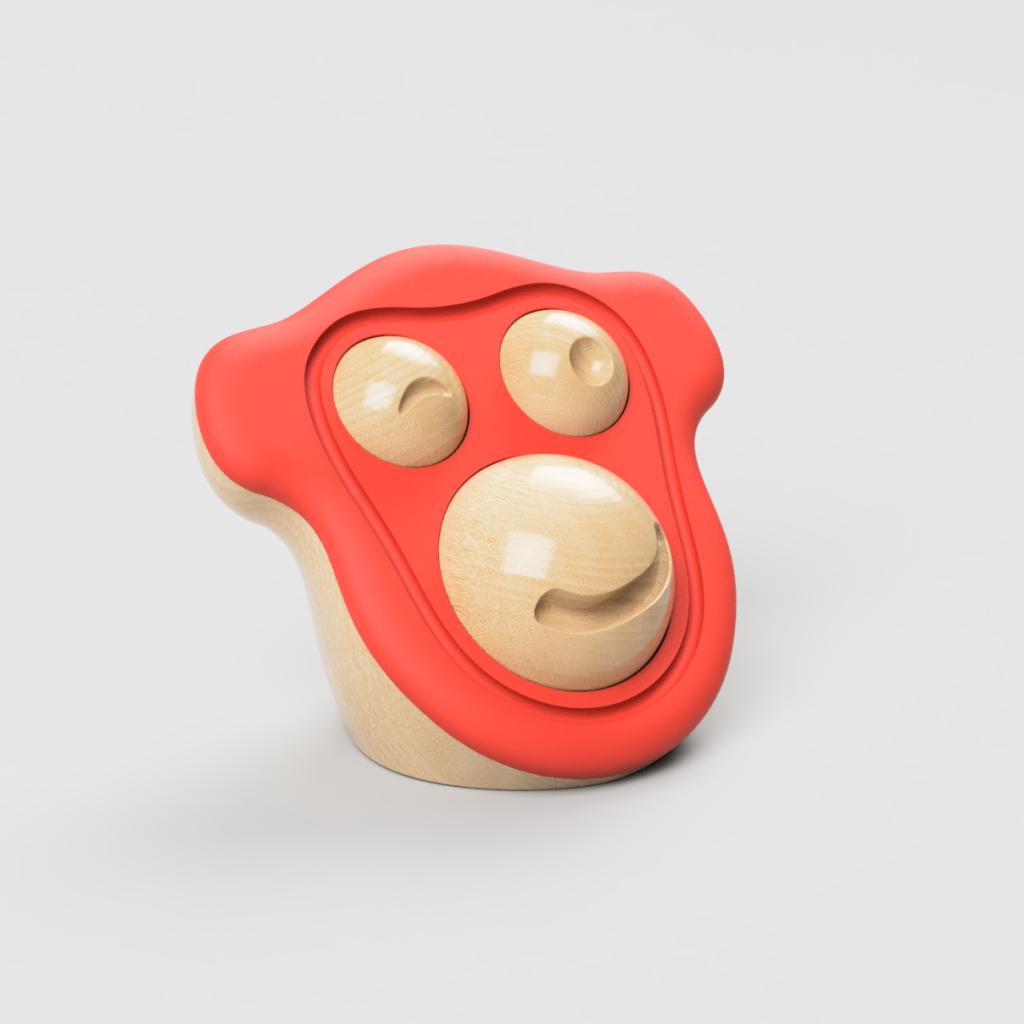
The Duck
The Duck is intended for children ages 2 and up and allows for practice using a pair of scissors without being dangerous. Mastering this skill leads to easier handling of e.g. a pencil later.
To allow the duck to be comfortable to use, ergonomic adaptations had to be made to constructed prototypes. One stage of this study is shown here in which one iteration of the concept was compared to a foam mock up that promoted a comfortable thumb grip. Note the difference in thumb angle in the two images.
The final 3D-printed prototype and a rendering of how it might look in wood are shown.
Felt mayflies were designed to allow the duck to be used as a game. Who’s duck can eat the most fastest?

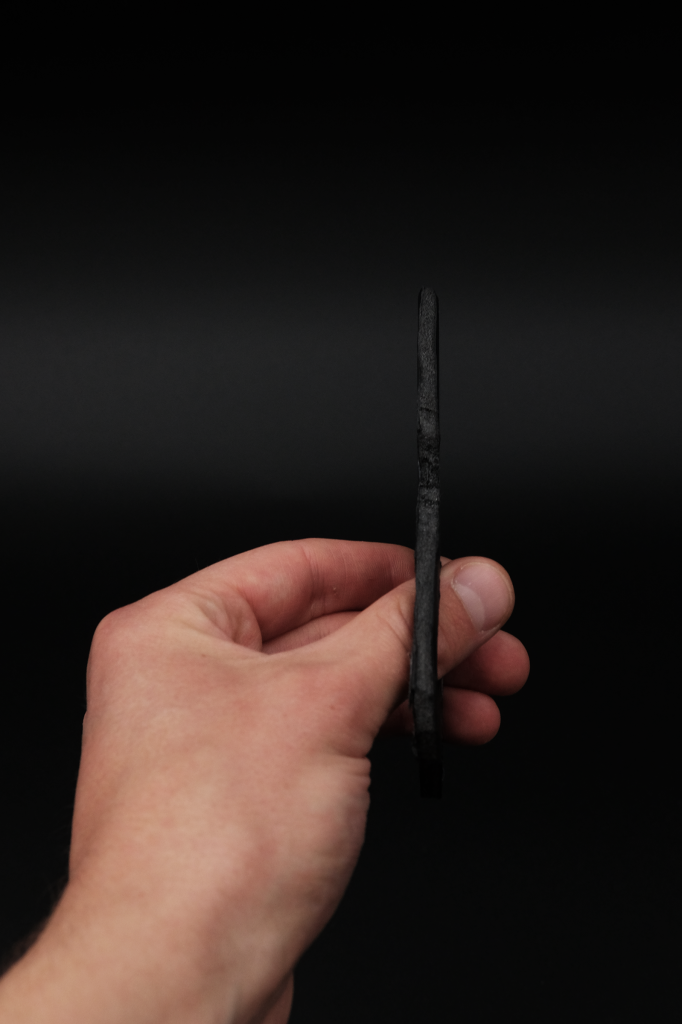
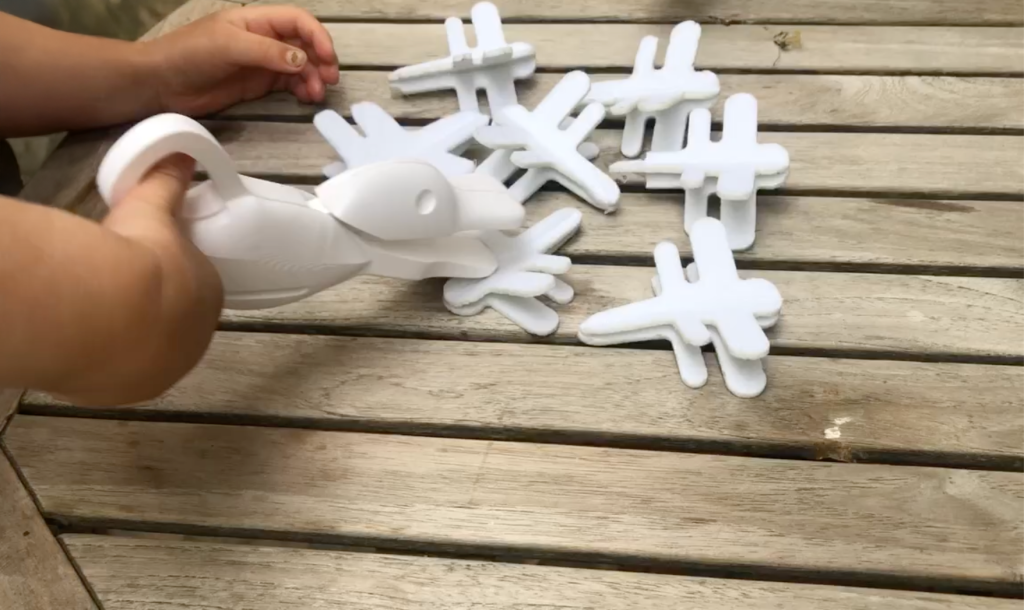
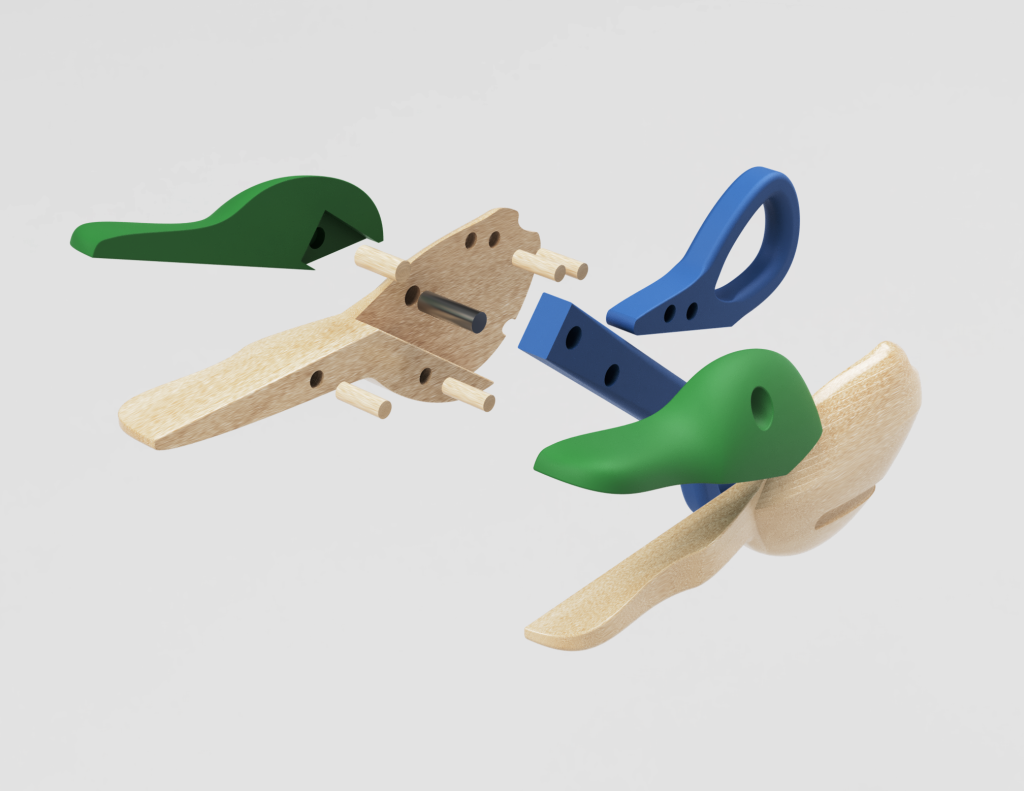
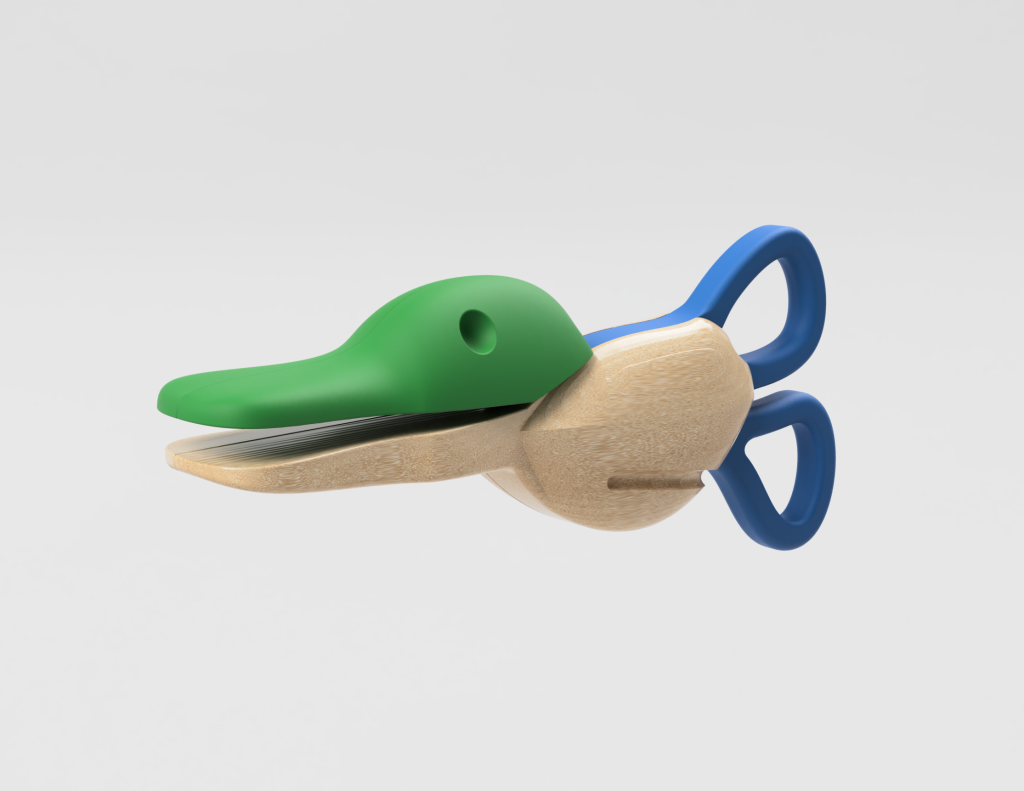
The bear
The Bear is a building toy for children ages 3 and up and encourages practicing of the pencil grip. This is done by pushing the sticks into blocks connecting the pieces of the animal.
An initial model was made out of wood and later replaced by the 3D-printed model shown here as a rabbit and a bear.
The body parts have conical holes to guide the sticks making play require less precise movements leading to less frustration. The blocks also have internal rubber O-rings to provide friction between the blocks and sticks allowing the toy to be posed.
